Let’s face facts.
Putting together even the most basic marketing campaign can take a toll on you.
Forget about having enough manpower. There’s no getting around the fact that creating new content from scratch on a regular basis gets draining pretty quickly.
And to make things worse, the needs of the average consumer keep growing.
HubSpot found a clear and direct correlation between the number of monthly blog posts and inbound traffic.
I doubt I have to tell you that your audience wants more content, and they want it right now.
But what if there was a way for everyone to get what they want?
Your audience gets fresh, relevant content on a regular basis, and you aren’t stuck trying to reinvent the wheel every week day.
Sounds too good to be true, right?
Wrong.
Welcome to the world of curated content.
For those of you who have been part of the content marketing ecosystem for a while, I doubt this is your first time hearing about curated content.
And I can already hear some of you now.
“But Neil, content curation is just stealing other people’s content and posting it on your blog and social media accounts!”
I hear you. And honestly, it’s a darn shame that a few people’s poor choices have tainted this tactic’s reputation.
Let me clear this up right now. Plagiarism is not content curation.
Curata does a great job of highlighting the benefits of content curation with its infographic below.
Ironically, taking credit away from other influencers in your industry is the last thing you want to do when you’re curating content!
If you play your cards right and understand the fundamentals of curating content, forget about just growing your brand.
Armed with the knowledge and tools below, you’ll be able to maximize the success of your marketing efforts and become a legitimate online authority.
But before we dive down that rabbit hole, we’ve got some groundwork to cover.
If you’re new to the content marketing industry, these next few sections are a must-read.
Trust me: You’re going to want to get familiar with the basics before we start sinking our teeth into this.
If you’re an industry veteran, then feel free to skip around to whatever section you need help with below.
That being said, even if you’re already familiar with content curation, you should come back and read the entire article if you want to pick up on some of my personal insights.
Here’s my list of everything you need to know to start curating content and growing your brand in the process.
- What is content curation and why should I do it?
- How do I curate content properly?
- General ideology of effective content curation
- 5 examples of proper curated content
- 5 tools you can use to start curating content today
- How often should you be curating content?
- Where should you be sharing your curated content?
- Curation on blogs versus social media
Now that we’ve got that out of the way, let’s get to the fun stuff!
What is content curation and why should I do it?
It’d be easy to just drop a definition here and move on. But there’s a difference between knowing the textbook definition and understanding what quality content curation looks like.
As far as definitions go, here’s what we’ll be working with (just to make sure we’re on the same page).
Content curation is, at its core, the presentation of relevant information, initially relying on the collection of other people’s high-quality content.
Any content that ends up being part of your marketing campaign — whether it’s basic, complex, or somewhere in between — needs to provide tangible value to your readers.
And content curation can help businesses overcome quite a few hurdles, as shown below.
The content you curate should always be held to the same standard as your original content.
Relevant, high-quality information is what your audience needs, and there are some serious perks that come with being associated with lots of value-rich content.
But my definition of effective content curation goes beyond just collecting other’s people content and throwing it up on your blog or social media accounts.
To make the most out of this process, you need to focus on the presentation of that content.
Or more specifically, how you can use that content to strengthen the reputation of your own brand.
Think of it this way.
Could you present your audience with valuable content that you’ve found online? Sure. That could certainly help with branding.
But you know what’s even better than that?
Taking that content you’ve found and leveraging it to create new content that offers a uniquely personal perspective.
Just look at what Search Engine Land did with this news of a potential Google algorithm update.
Why is this better?
Because with that little bit of extra work, you can now have your cake and eat it too.
Let me explain.
I’ll be the first to admit that creating original, compelling content consistently can be a tall order for anyone — industry veteran or not.
The occasional bout of writer’s block alone can stop you dead in your tracks. If you’ve been struggling with that lately, you’re not alone.
Content curation is such an effective solution to this problem because it handles the trickiest part of creating original content: Inspiration.
Plus, you also end up strengthening your position as an online authority.
The curated content is clearly labeled and referenced, ensuring that the creators get credit for their amazing work.
And your blog becomes the place where your audience gets access to the latest industry data, courtesy of you and your marketing strategy.
Still not convinced?
All right, let’s try something really quickly.
Quick! I want 5 articles ideas on social media. And they have to be relevant to the status of the digital media marketing landscape today.
Not that easy, right?
Okay, this time imagine that you just found a list of 25 interesting marketing statistics for the last 12 months, like this one from Contently.
It’s going to be a lot easier to come up with 5 ideas if you’re armed with that list, isn’t it?
And that’s my point.
You could absolutely stop at just sharing the content you find.
But why the heck would you give up the chance to create decidedly relevant content and develop your presence as an online authority?
How do I curate content properly?
So now that we’ve established the massive upside of curating content properly, there’s really only one question left.
What does curating content properly actually look like?
Like most things in the world of digital media marketing, there’s a short answer and a long answer.
The short answer is that, to curate content properly, there are only 4 general guidelines.
- Figure out which topics to cover.
- Categorize and organize the content you find.
- Decide how you can build on the value of that content.
- Figure out the best way to share it with your audience.
The long answer gets a bit trickier, but let’s take a second to focus on these guidelines.
If you remember nothing else from this article, keep these guidelines in mind.
Seriously.
Ignoring even one of these fundamentals can spell disaster for your content curation strategy.
Okay, disclaimer over. Let’s dive in.
First things first, it’s going to be pretty hard to curate content if you don’t know what topics you should be covering.
With such a wealth of information, deciding where to get started can seem a bit overwhelming at first.
So, what topics should you be covering?
Fortunately, this typically ends up being the easiest part of the process.
People seem to constantly get hung up on the issue of trying to decide what qualifies as an appropriate online source.
My answer to this is pretty simple. If you think it’s a reliable source, your audience is probably going to think so too.
There are a variety of ways to ensure that a source is reliable. Fact-checking doesn’t take very long if you’ve got access to a little thing called the Internet.
People trust sites like Buffer because they’ve built a reputation around having reliable data.
If you’re completely stumped, scroll through the pages of the top 3-5 influencers in your industry.
You can either curate their content or explore their content and see where they’re curating content from.
Which brings us to our next question. How do you decide which pieces of content make the final cut?
Here’s the checklist that I use for content curation.
- Does my audience need to solve this problem?
- Is there enough data here to support further analysis and discussion?
- Do I trust this information and where it came from?
- If I expand on this content, will it strengthen my brand?
- Do I have a unique perspective that hasn’t been fully explored yet?
If the answer to all of these questions is yes, then you’re looking at a topic that’s worth covering.
In many ways, this content should aim to accomplish the same goals that the rest of your content does.
Which is why the next step in learning how to curate content properly is to decide how you can enhance the value of that content.
This part is about more than adding a few more stats to an article about the same topic and calling it a day.
The content on your site should provide your audience with a unique experience that they can’t get anywhere else.
Maybe you could create a useful infographic, like the one you see in this Crazy Egg article.
Or maybe you create an original video, like the one you can see in this Engadget article.
This is the cornerstone of increasing the quality of your traffic and decreasing things like your bounce rate.
The raw data might be available on other sites, but your analysis and conclusions should all be completely original.
Remember, your curated content is an expansion of the content that came before it. Add value not just with more data, but with a personal editorial perspective.
So, how do you provide value? By finding information that’s relevant to your audience and using it to create a piece of content that’s custom-tailored to help them.
It’s really that simple.
And finally, you need to decide how to share this content with your audience.
There’s no shortage of ways to promote your content. The real issue is figuring out which one of those methods is going to be the best vehicle for your curated content.
In typical digital media marketing style, your best option is going to be determined by your brand’s specific goals.
There are plenty of popular options for sharing your curated content.
- Social media
- Newsletters
- Blogs
- Widgets
- RSS feeds
To be fair, all of these are solid options that you should absolutely consider experimenting with.
But for the sake of keeping things as simple and focused as possible, right now we’re going to concentrate on the easiest method that’s likely to get you the results you want: Sharing on social.
I’ve long been a huge fan of promotion on social media, particularly when you don’t have a massive marketing budget.
Heck, even if you’ve got a decent marketing budget, you should be using social as a marketing tool.
And if you don’t think I’m being serious, take one look at my Twitter page, and you’ll realize just how much I believe in the power of social.
On the surface level, you can start collecting information from credible sources and post your findings here.
It’s what plenty of brands and influencers do, and with good reason.
There’s nothing inherently wrong with developing a reputation as an industry-savvy insider who’s up to date with the latest industry insights and developments.
The only thing that worries me about content curation on social is that it seems like brands are leaving money on the table.
By thinking that this is their only option when it comes to content curation on social, they end up stunting their own growth as online authorities.
If you look past the surface, you can see that content curation on social media offers two major opportunities for brands.
One of the easiest aspects of social media that most businesses haven’t taken full advantage of is the massive potential for meaningful engagement through the promotion of curated content.
Sure, they post links and retweet every now and then, but how often are they actually starting a dialogue with their audiences?
Here’s an example of something simple your brand can do to communicate directly with your audience.
Take a look at Jay Baer’s Twitter page and notice what he says to a fan of his e-book.
That’s it. Nothing fancy or excessive.
Just a genuine, human expression of appreciation.
That’s really all it takes.
Think about it. How often do most brands check related groups and ensure that their content is in line with solving the average community member’s problems?
You’re curating content to reinforce your online presence and to be seen as an authority in your industry, right?
If you’re hoping to earn the respect and loyalty of your audience, nothing is going to speed up that process like showing them that you care about what they have to say.
If you retweet an announcement about a major algorithm change on Google and 5 people comment, you should be responding to 5 comments.
If 10 people comment, you respond to 10 comments.
If your brand gets mentioned, don’t be afraid to retweet it, like Gary Vaynerchuk does here.
On social media, every follower has the potential to become a lifelong fan of your business. It’s really just a matter of how much effort you’re willing to put in to inspire that kind of loyalty.
And the best part? You get another chance to convince them every time you post.
It might not be sexy, but it gets results.
I don’t know about you, but I’ll take effective over fancy any day of the week.
But that’s not the only place where brands could step up their marketing game.
Too often, those of us who’ve been in the marketing industry for a long time tend to look at individual social media channels as separate, unique ecosystems.
And to a certain extent, they are. Facebook and Twitter might both be social media channels, but they’re far from identical.
Twitter has an official guide on to choose a hashtag, which you can see below and find on the official Twitter blog.
Facebook, on the other hand, needs an in-depth breakdown just to understand its ad-targeting options, which Wordstream put together.
The same thing goes for Instagram, Pinterest, LinkedIn and any other social media platform you can think of off the top of your head.
Their differences are the things that keep us up at night. We want to know exactly how to maneuver Facebook and Twitter and maximize our marketing potential in the process.
There’s just one small problem. This siloed approach makes it difficult to keep the big picture in mind.
No two social media platforms are the same. But they’re all just different paths to the same destination.
Any social media platform that wants to stay in business understands the importance of constantly improving the user experience.
Interestingly enough, that also happens to be one of the fundamentals of an effective social media marketing campaign.
To put it simply, increasing your value in the eyes of the consumer means actually offering more value.
Granted, it might take some time for you actually see the returns on that via content marketing, but eventually, the value you’ve offered will translate into traffic and engagement.
Posting on social media with completely original content is great. It definitely offers people some value.
But honestly? They could probably find pieces of content of similar value on your competition’s Facebook pages.
I’m not saying this to discourage you, but to inspire you to find new ways to offer more value than your competitors.
Oh, they write a new article every other day, too? Cool. But do they post about major industry events on a daily basis like TechCrunch?
Do they incorporate cutting-edge analytics into their thought leadership articles?
Are they giving meaning to that list of 25 interesting social media statistics that was just released?
I didn’t think so.
Offer people as much content as you can, make sure that it’s legitimately valuable, and it’s only a matter of time before you become an online authority.
When you embrace the dialogue-driven nature of social media and turn your profiles into the one-stop shop for industry-relevant content, that’s when your brand can start to grow.
Conclusion
I’ll be honest. Content curation might be easy to pick up, but it can take quite some time to master.
The challenges of finding relevant content combined with figuring out how you can add value beyond what’s already been presented can be tough for anyone.
And yet, I still believe that content curation is the key to taking your digital media marketing game to the next level.
There’s just no other option that has the potential to be this impactful to your overall online presence and marketing campaign with such a low barrier to entry.
You can get started today. In fact, you should get started today!
Have you experimented with the world of content curation? What’s your experience with curating content on social media been like?





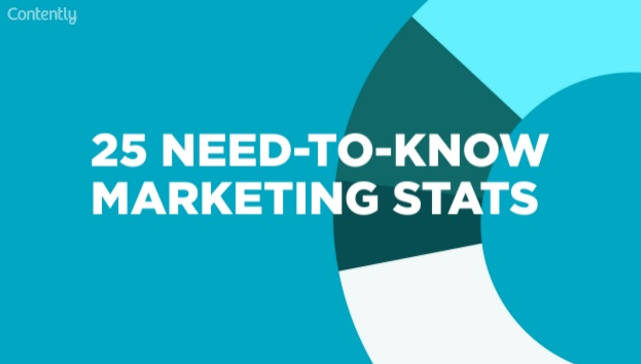
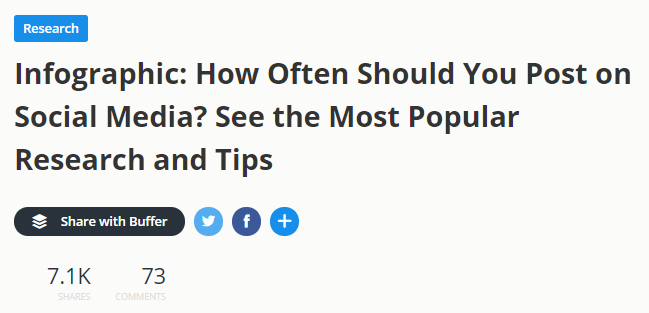
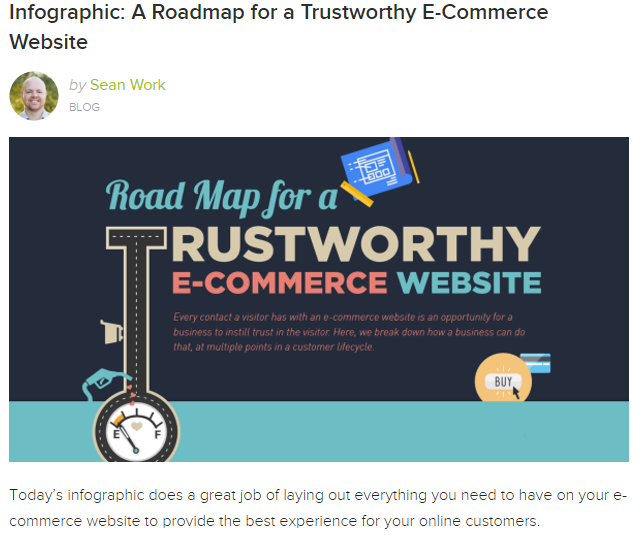
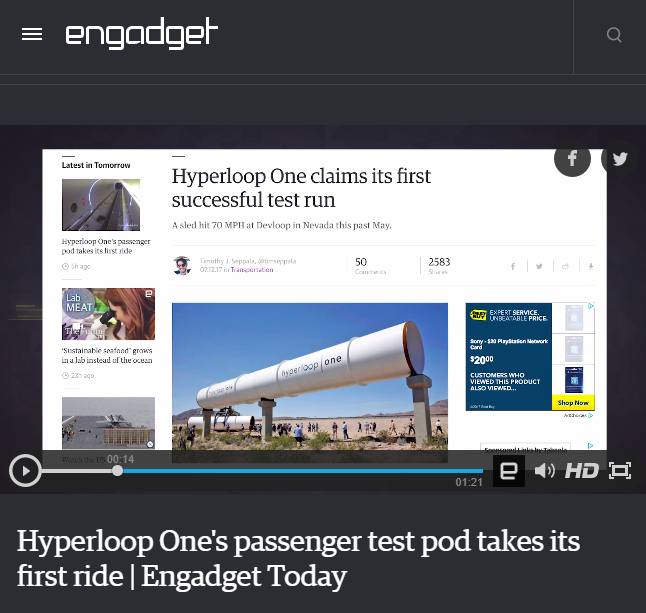
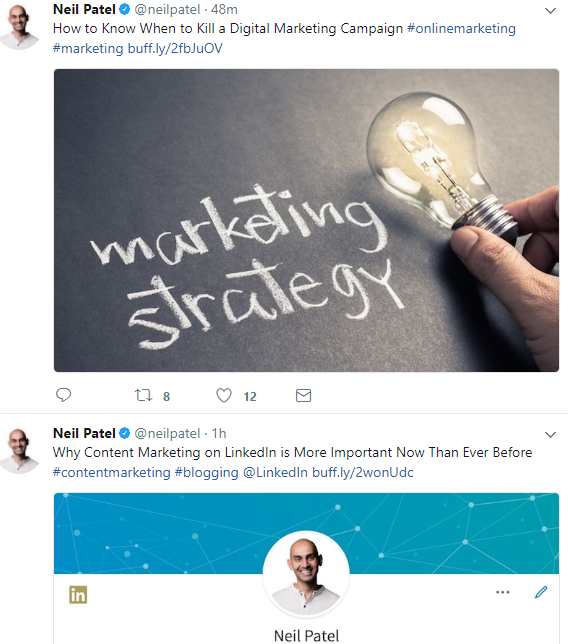

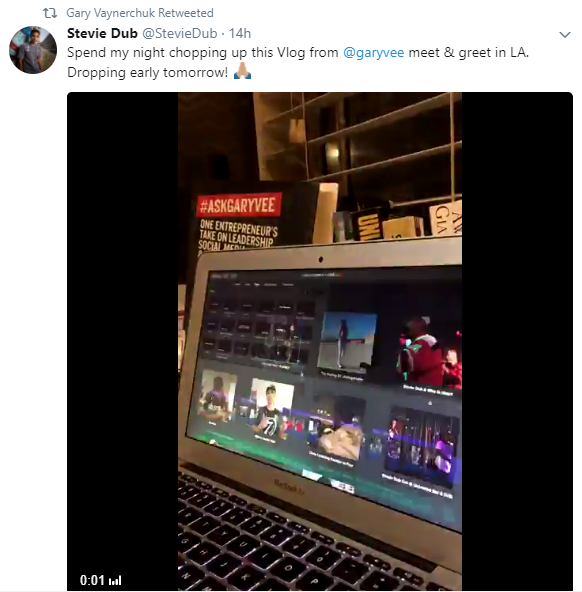
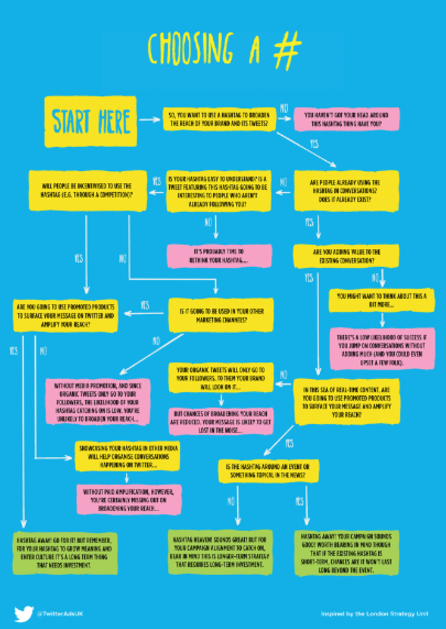
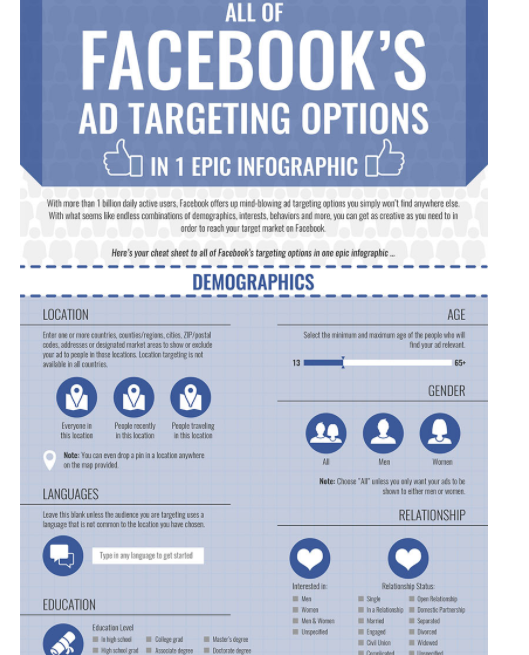
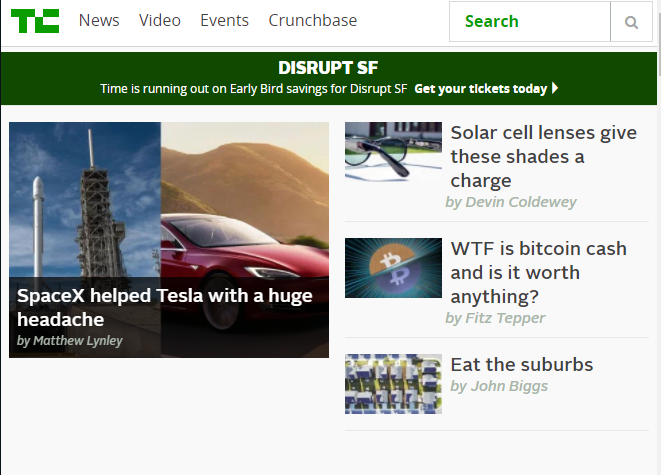
Comments (10)